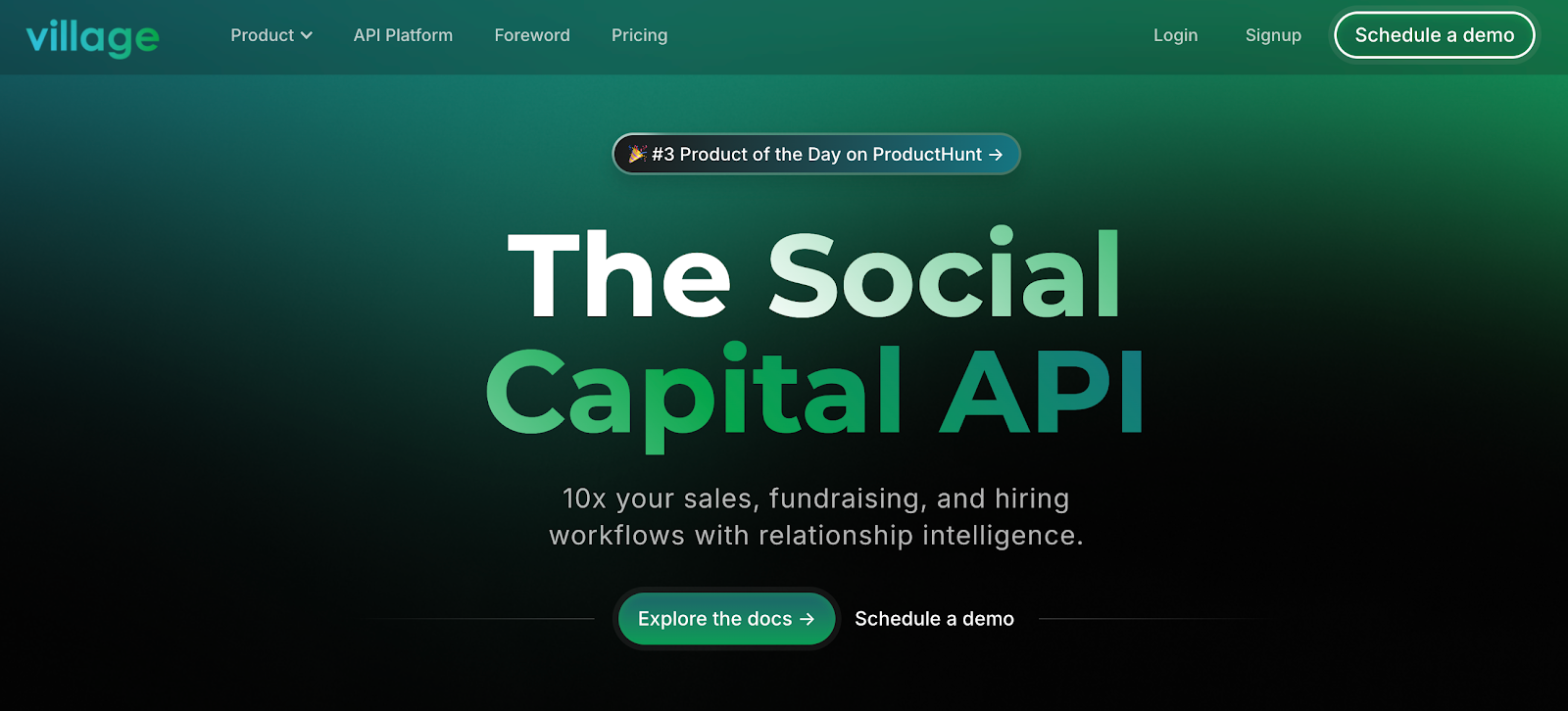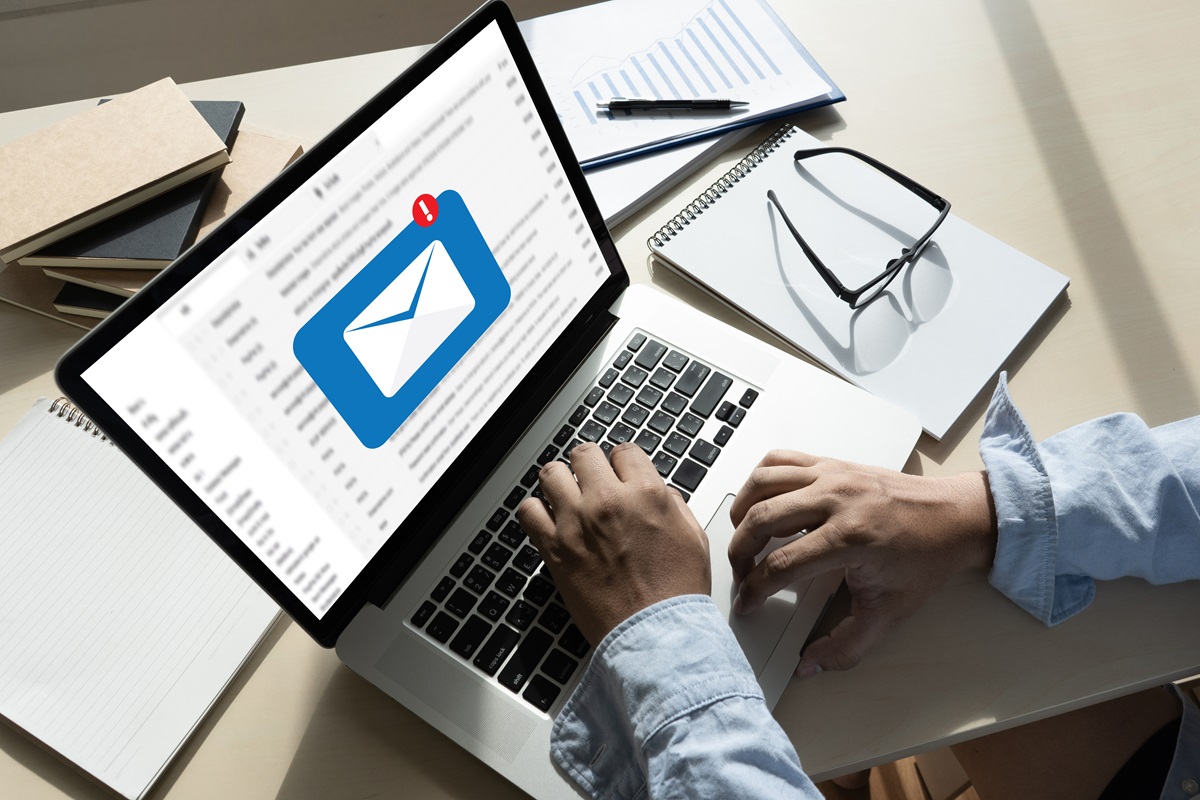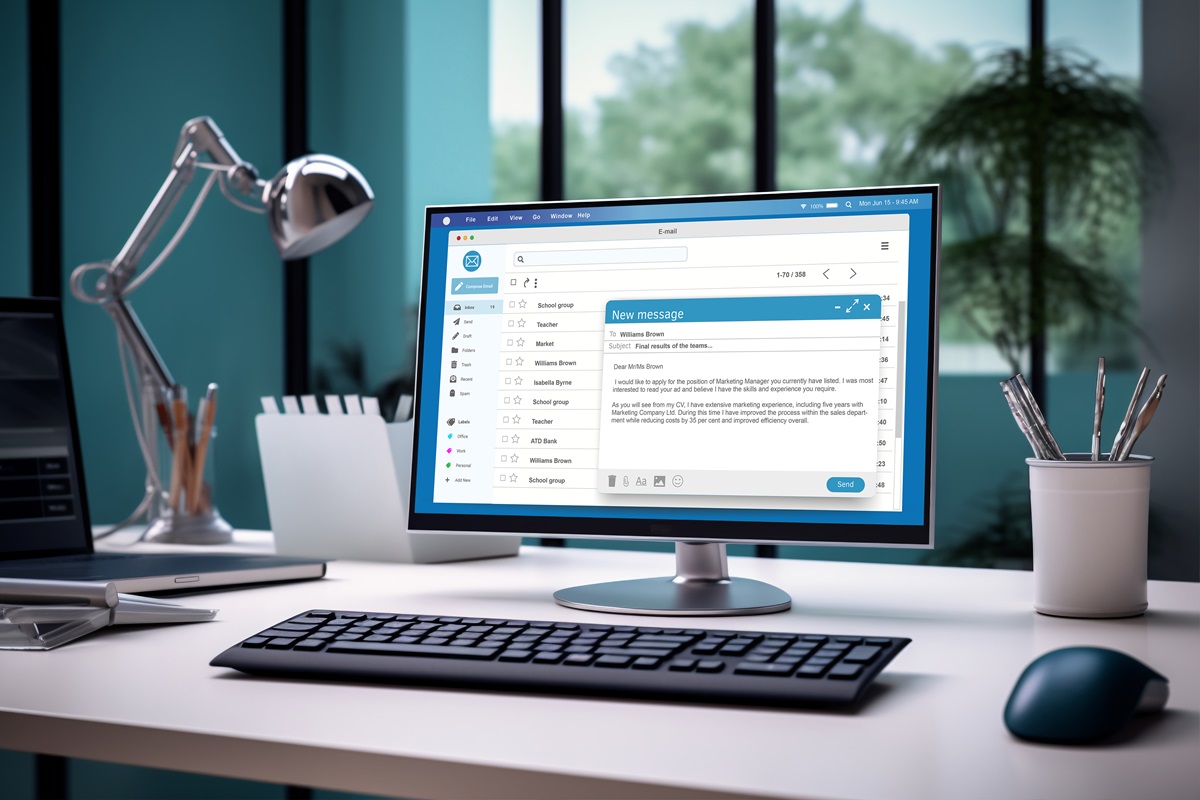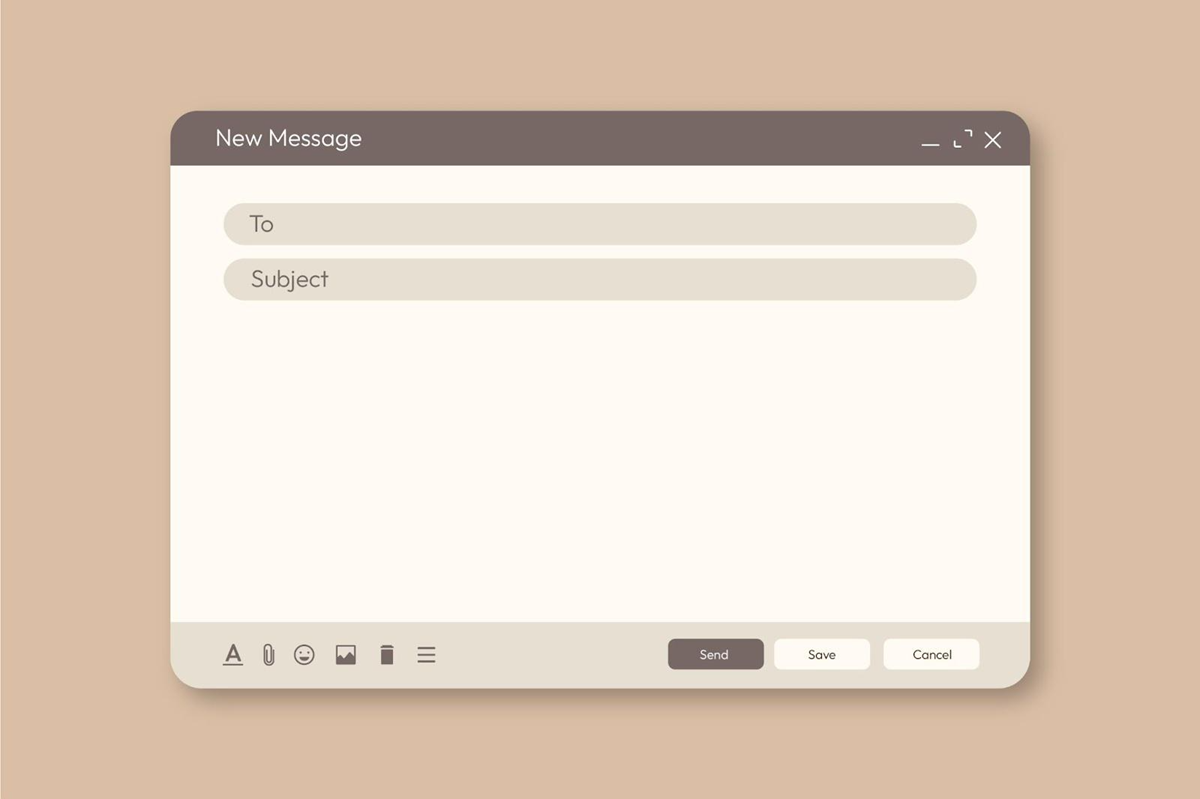Most emails get ignored. But warm outreach can dramatically improve your chances of getting a response.
Why does it work so well?
Emails that include personalized content see a 29% increase in open rates and a 41% increase in click-throughs. When there’s even a small connection involved, people are far more likely to reply, listen, and engage with your message.
So, how do you approach someone without sounding random or annoying?
In this post, you’ll learn 13 warm outreach strategies that consistently get results.
What Is Warm Outreach?
Warm outreach is when you reach out to someone who already knows you or recognizes your name. It could be a former coworker, a referral, a mutual contact, or someone who engaged with your content.
That thread of familiarity makes a difference. You're not a total stranger, and there’s a reason for your message, which gives you an edge.
The Difference Between Warm and Cold Outreach
Cold outreach means contacting someone with no prior contact or connection. You’re starting from scratch, which makes it harder to build trust or even get noticed.
Warm outreach feels more personal because there’s context, even if it’s small. Someone liked your LinkedIn post. They signed up for your webinar. They talked to your colleague. These touchpoints help your message stand out.
When you reach out cold, you have to work harder to establish relevance. When you reach out warmly, the door is already cracked open.
Why Warm Outreach Gets More Replies
People are more likely to respond when your message feels familiar. A warm introduction, a shared connection, or even a comment on a recent post can turn a generic email into a meaningful conversation.
Warm outreach tends to outperform cold emails because it feels more human. You’re not just another sales rep sending a template, but someone who’s taken the time to show interest and offer something relevant.
This builds trust faster. And in any kind of outreach, trust drives engagement.
When to Use Warm Outreach
If there’s any context, use it. Warm outreach works best when:
- Someone engaged with your valuable content or social media
- You met briefly at a conference or online event
- They’re already in your customer relationship management (CRM) from a previous campaign
- A mutual contact can make the introduction
- You're reconnecting with warm leads that went cold
These aren't random contacts. They’re potential clients or partners who have already shown interest. Starting the conversation warmly sets you up for better engagement and stronger results.
13 Warm Outreach Tactics to Boost Response Rates
You’ve done your prep. Now it’s time to send the message. These warm outreach strategies help you move beyond silence and spark meaningful conversations with people already familiar with you, your company, or your content.
Each tactic below increases your chances of turning interest into replies.
1. Ask for a Mutual Introduction
A warm intro from someone you both trust can shortcut weeks of back-and-forth. It signals credibility before you say a word.
When you're reaching potential customers, that mutual connection acts like social proof. It tells the recipient, “This person is worth your time.”
Don’t ask for intros blindly. Look for shared connections in your CRM, network, or even on someone’s LinkedIn profile. Then make the ask easy for your contact by offering a short blurb they can forward.
2. Mention a Recent Post or Update
Start with something they’ve shared on LinkedIn, their blog, or a company newsletter. Referencing a recent update shows you’re paying attention, not copying and pasting the same pitch.
You might say, “I saw your post on launching your new campaign—really sharp positioning.” That kind of opening line proves you're not reaching out blindly.
Warm emails that lead with real context tend to outperform generic outreach. Personalized touches make your message feel part of a conversation, not just another notification in a sea of LinkedIn messages.
Keep a running list of relevant posts or updates from your warm leads. Use them to anchor your outreach with something fresh and specific.
3. Comment on a Public Win or Role Change
If someone recently landed a promotion or started a new position, use that moment to reach out. People are more open to conversations when they’re entering a new role or chapter.
Your message could start with, “Congrats on your new position at [Company Name]. Looks like an exciting move.” Then pivot to why you’re reaching out and how it ties into what they might be thinking about right now.
A role change often means new responsibilities, new budgets, and new goals. This creates a perfect window to start a business relationship while they’re still shaping priorities.
Monitor role updates through LinkedIn or sales tools that track job changes. These shifts often signal high-intent prospects open to reevaluating tools, vendors, or strategies.
4. Refer to a Previous Interaction
Referencing a past exchange helps your outreach feel familiar instead of random. Even brief interactions can create enough recognition to start a new conversation.
You might write, “We spoke briefly after your talk at SaaS Connect last fall. I appreciated your perspective on scaling partnerships.” Or, “You downloaded our pricing guide a few months ago. Are you still exploring options?”
This kind of message works because it connects to prior contact and positions your outreach as a continuation rather than a pitch. It creates natural re-engagement without pressure.
Save contact details in your CRM as soon as possible after a conversation or interaction. Even a short note about a question asked during a webinar or an introduction via a colleague can help you create more thoughtful email communications later.
5. Share Something Useful or Relevant
Give before you ask. If you want someone to take your message seriously, offer value right away.
This could be a short guide, an article that solves a known problem, or a quick insight related to their industry. The goal is to address one of their pain points without pushing a sale. When potential clients see you as a source of valuable content, they are more likely to reply and stay open to future conversations.
For example, “I came across your recent funding round and thought this breakdown on scaling post-Series A might be useful.” That’s outreach with purpose.
Your content doesn't have to be long or branded. What matters is that it’s useful, relevant, and clearly tied to what they might care about.
6. Get to the Point Quickly
Your first few lines either grab attention or get skipped. If your message feels vague or overly clever, people move on.
Be clear about why you're reaching out and what you’re asking. Don’t write around your point. Write directly to your target audience with a personalized message that shows you’ve done your homework.
You might say, “I work with B2B companies in your space and noticed your team is expanding. I’d love to share how others are approaching onboarding at scale.” That kind of message respects their time and shows relevance from the start.
Short, clear outreach tends to drive higher conversion rates because people immediately understand what you want and why it matters.
7. Keep It Short and Easy to Read
People scan emails before they read them. If your message looks dense or hard to follow, they skip it.
Use short paragraphs, clear formatting, and simple language. A few lines are enough to introduce yourself, explain your reason for reaching out, and prompt the next step. This structure also makes your personalized emails easier to digest on mobile.
Subject lines matter just as much. The best ones are specific, natural, and tied to something relevant. For example, “Quick note after your panel on hiring” feels more human than “Business opportunity.”
A short message that shows genuine interest gets read more often than a long one.
8. Follow Up with Purpose
One message is rarely enough. People get busy, miss emails, or are meant to reply and forget. That’s why following up is essential.
But it only works when you do it well. Personalized follow-up emails should be short, clear, and relevant to your original message. Reiterate your purpose, mention the previous email, and offer a simple next step.
Unlike cold emails typically sent in bulk, your follow-up should feel like a continuation of a conversation, not another attempt to sell something.
Two or three follow-ups, spaced out over several days, can dramatically increase your reply rate without feeling pushy.
9. Record a Short Video Message
A quick video makes your outreach stand out. It puts a face to your name and feels more personal than text alone.
Use tools like Loom to record a 45 to 60-second message. Mention their name, explain why you’re reaching out, and suggest a next step. Keep it conversational and direct.
Video is especially effective when paired with email communications that already show some level of engagement. It gives the person a reason to respond immediately and helps you build trust faster than text alone.
If you use an automation tool to scale outreach, make sure it supports video embeds so your message stays clean and easy to access.
10. Mention a Shared Community or Interest
If you and your contact belong to the same Slack group, alumni network, or online forum, bring that up. Mentioning a shared space creates familiarity and gives your message instant relevance.
You might say, “I noticed we’re both part of the growth strategy group. Your recent post sparked a lot of good discussion.” That connection helps make the outreach feel natural, not forced.
People tend to respond more openly when there's a clear social overlap or shared experience. Highlighting common interests builds the foundation for a potential business relationship, even if it starts informally. Some of the best partnerships begin with conversations between new friends.
11. Reference Social Media Engagement
If someone liked, commented on, or shared one of your posts, that’s your cue. Use it as a reason to reach out while their interaction is still fresh.
You could say, “I noticed you commented on our recent post about onboarding. Thought I’d follow up with something you might find useful.” That small bit of social media engagement is often enough to warm up the conversation.
This tactic works especially well in lead generation because it helps you prioritize potential leads who are already paying attention.
12. Reference Company News or Context
Tailor your outreach to where the company is right now. Mentioning a recent funding round, expansion, product launch, or leadership change shows you’ve done more than glance at a homepage.
You might say, “Congrats on the new product rollout. At your company size, I imagine onboarding that quickly is a challenge.” A line like that feels relevant and timely, not scripted.
This approach helps you accurately find what matters most to your contact and positions your message as thoughtful instead of opportunistic.
When you mention the company name alongside specific context, your outreach feels less like a pitch and more like a conversation.
13. Use Tech That Supports Personalization
When you're reaching potential customers at scale, it’s easy to fall into the trap of sending generic messages. But warm emails work best when they still feel one-to-one.
Use tools that allow you to personalize at scale. Good platforms pull in details like name, company, location, and job title automatically, so every message feels like it was written just for them.
This is useful if you're nurturing high-value leads or trying to convert trial users into paying customers. Even a small touch, like referencing a recent blog post or quoting a line from a talk they gave, can show that you see them as more than a name on a list.
Warm Up Your Outreach With AI-Powered Precision

You’ve seen how the right tactics can turn ignored messages into real replies. But to scale warm outreach effectively, you need visibility into your network.
Village can do that for you.
This software helps you turn cold leads into real conversations by showing who in your network can introduce you to your next opportunity.
Instead of guessing who to contact, Village maps warm introduction paths based on shared history, verified interactions, and mutual trust. You’ll instantly see which connections are strongest and where to focus your outreach efforts.
Whether you're building your sales pipeline or reaching high-value potential prospects, Village helps you avoid missed opportunities by unlocking the relationships just below the surface.
Here’s what you get with Village:
- Search through 700+ million people and 30+ million companies
- AI-ranked intro paths based on trust and relevance
- Relationship scores to prioritize outreach
- Messaging tools that support effective strategies at scale
No spam. No cold blasts. Just warm intros that lead to real outcomes.
Try Village for free or schedule a demo to see how it fits into your outreach workflow.
FAQs About Warm Outreach
What is a warm outreach?
Warm outreach is when you contact someone who already knows you or has some familiarity with you, through a past interaction, mutual contact, or shared space like an event or online community. These connections make your message more likely to be opened, read, and answered.
What is meant by cold outreach?
Cold outreach refers to contacting someone without any prior relationship or context. It usually requires more effort to build trust and often has lower response rates. Cold messages are most common in early-stage prospecting and are often used to expand into new segments.
What is an example of an outreach message?
An outreach message might start with, “I saw your post on building remote teams and really appreciated your perspective.” From there, it briefly explains why you’re reaching out and what the potential benefit is to them.
Great outreach messages often include relevant information, a clear ask, and a tone that invites conversation.
What is an example of a warm lead?
A warm lead might be someone who liked your recent post on social media platforms, downloaded one of your guides, or was referred to you by a mutual contact. They’ve already shown some level of interest or alignment, which makes outreach more effective.










